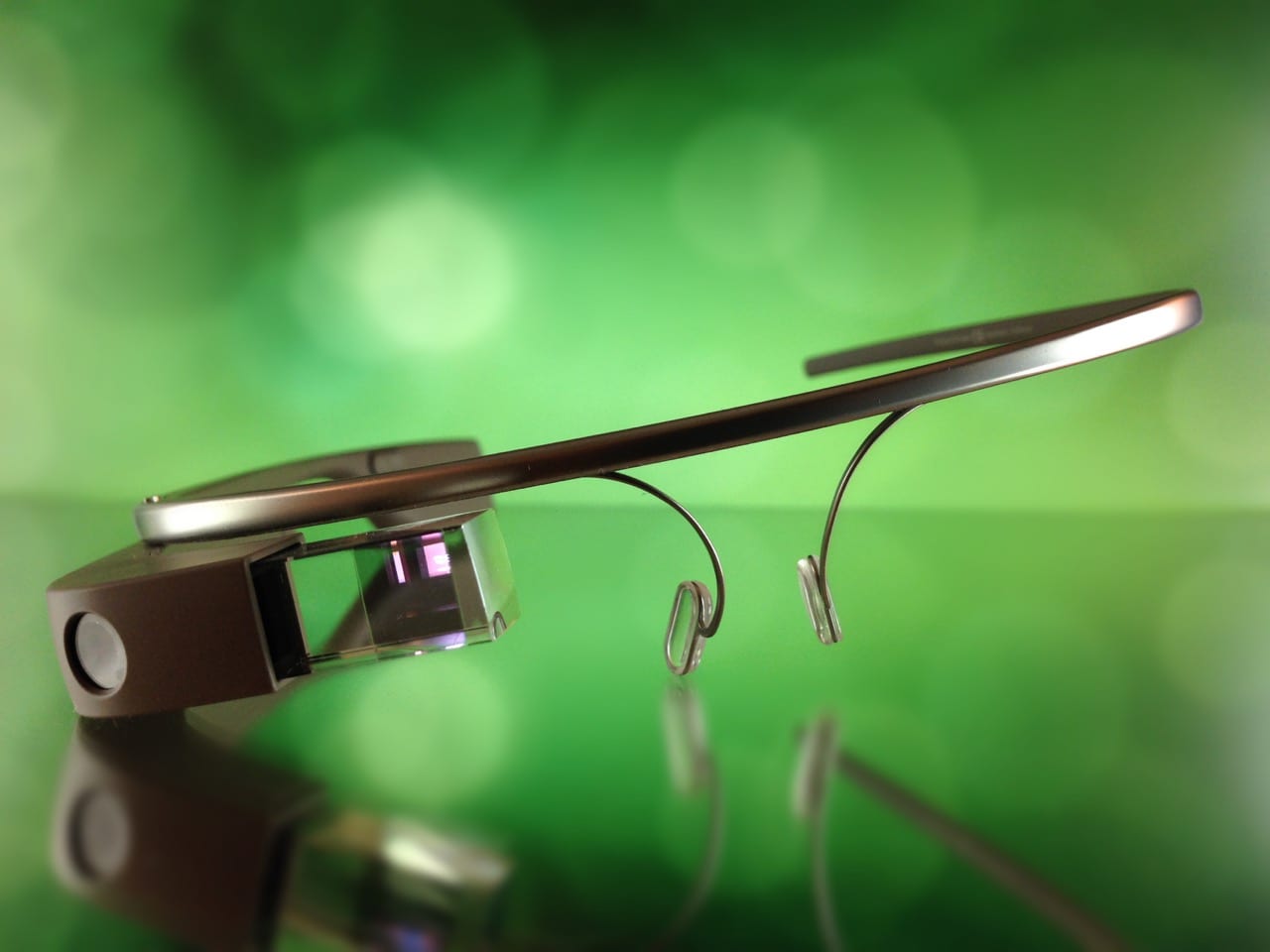Awareness and intent is growing around IIoT manufacturing but companies have yet to see significant impact
The 2016 edition of the global MESA International and LNS Research survey on ”Metrics that Matter in the manufacturing world” shows that the IIoT manufacturing sector’s take on IoT is changing in a big way as understanding is getting more widespread.
More than half of the over 4,000 survey respondents are intending to do something within IoT in the next 12 months while the number of those who expect to do nothing is decreasing fast, the study found. Another finding that should rejoice the IoT industry is the improved level of awareness about how IoT impacts manufacturers. The proportion of respondents stating they do not understand or know about IoT fell to 19% in 2016, down from a whopping 44% in 2015. Furthermore, the number of respondents investigating the impact of IoT rose to 33% from 21% in 2015. However, only a small yet growing number of businesses (8% against 4% in 2015) say they have already seen a dramatic impact, while another 8% say they understand IoT but see no impact at this time.
Analytics still in its infancy
Another encouraging result is that, despite a relatively low usage rate of manufacturing data in analytics (14%), 40% said they had a strong analytics team. This is in contradiction to the widespread view that manufacturers will be help back within IoT and Big Data Analytics due to a lack of skills, according to LNS Research. The analyst firms points out however that the use of machine learning-type analytics is still low.
How is the IoT impacting your business today?

Awareness about the benefits of IIoT implementation is the first step towards IIoT adoption and the survey results are very encouraging in that respect, in particular the phenomenal rise in IoT implementation intent. However, the surprising high level of confidence on analytics skills at hands, together with the low usage level of machine learning, could well indicate a mismatch between today’s available analytical skills and tomorrow’s required analytical skills.
LNS Research’s recommendations
The research firm recommends manufacturers that do not understand IoT to start investigating the matter and identify areas were IIoT trials would be appropriate. On analytics, LNS Research encourages manufacturers to look beyond shop floor data and take advantage of vendors’ many low-cost offering to try out the cloud, IoT and Big Data. Furthermore, manufacturers should build commercially viable pilots so as to explore more complex analytics.
IIoT news recap: Google glass in telemedicine and Fujitsu’s ambitious IIoT play
The consumer version of Google Glass might have been a flop, the augmented reality glasses are quietly making inroads in the enterprise space according to CrowdOptic. In the meantime, Fujitsu is prepping for a big IIoT showcase at its upcoming World Tour stop in the US.

Google Glass alive and kicking in portable telemedicine
Thought Google Glass was DOA? Think again. The enterprise market is keen on live streaming from wearable devices. The UCSF Medical Center at Parnassus in San Francisco has just completed the implementation of CrowdOptic’s software with Cisco Jabber.
The implementation means that physicians wearing Google Glass will be given the ability to broadcast and communicate in real time through the Jabber application. As a matter of fact, Crowdoptic announced in the middle of April that it had successfully completed its 10,000th live-stream using Google Glass in the enterprise.
Fujitsu goes all-in on industrial IOT
Ahead of the Fujitsu World Tour’s US stop on 5 May 2016, Fujitsu has highlighted its contribution to the industrial Internet of Things (IIoT), a market forecast to be worth 37 percent ($2.3 trillion) of the $6.2-trillion IoT market by 2025, according to the company. Manufacturing and the supply chain, agriculture and health and safety are key areas where Fujitsu has identified major challenges and wants to showcase its capabilities. One of the major challenges faced by US manufacturing today is implementing up-to-date technology in older machines, Fujitsu said. Within agriculture, Fujitsu has identified the use of predictive analytics on real-time data about weather, soil and air quality, crop maturity, equipment and labor costs as a key emerging trend.
Iran’s Arsh shakes hand with SK Telecom on remote meter reading services
South Korea’s operator SK Telecom is to deploy LoRa-based remote meter reading services to 5,000 households in Tehran. Iran’s energy company ARSH will be in charge of operations.
Smart thermostat penetration reaches 5 percent in the Netherlands
New research by Telecompaper shows that people aged 20-39, men and households with above average income are most likely to buy a smart home systems in the Netherlands. Smart thermostats are the most popular smart home devices, ahead of surveillance cameras and smoke alarms.

